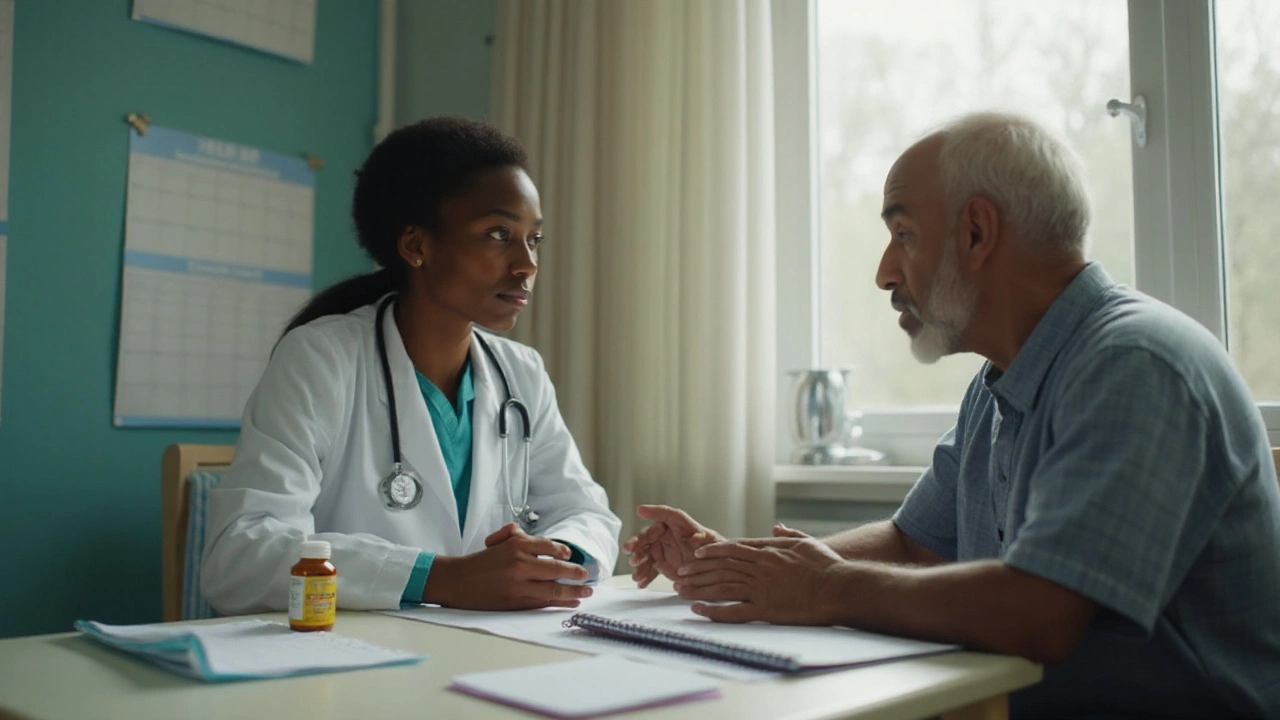Paxlovid Interaction Guide: What You Need to Know Before Taking It
If you’ve been prescribed Paxlovid for COVID‑19, the last thing you want is a surprise reaction from another drug or food. The good news? Most interactions are easy to spot and avoid. Below we break down the most common culprits, how they affect Paxlovid, and quick steps you can take.
Biggest Medication Mixes with Paxlovid
Ritonavir component: Paxlovid contains ritonavir, a strong inhibitor of the liver enzyme CYP3A4. Anything that relies on this enzyme for breakdown may linger longer in your system, raising the risk of side effects. Common offenders include certain statins (like simvastatin and lovastatin), anti‑arrhythmics (such as amiodarone), some antidepressants (e.g., sertraline), and anticonvulsants (like carbamazepine).
If you’re on any of these, talk to your doctor. They might pause the medication, lower the dose, or choose a different COVID‑19 treatment.
Anticoagulants: Blood thinners like warfarin can become more potent when paired with Paxlovid. Keep an eye on INR levels and let your healthcare provider adjust the dosage if needed.
Immunosuppressants: Drugs such as tacrolimus or cyclosporine also depend heavily on CYP3A4. Mixing them with Paxlovid can cause dangerous spikes, so close monitoring is a must.
Food, Supplements, and Over‑the‑Counter Items to Watch
Grapefruit juice: This classic culprit blocks CYP3A4 just like ritonavir does. A glass of grapefruit juice while on Paxlovid could double the drug’s effect, leading to nausea or liver stress.
St. John’s Wort: The herbal supplement is a known enzyme inducer that can cut Paxlovid levels in half, making it less effective against the virus.
Alcohol: While moderate drinking isn’t a strict ban, heavy use can worsen liver strain already present from ritonavir. Keep alcohol low or skip it during treatment.
If you’re unsure about any supplement, check the label for “CYP3A4” mentions or ask your pharmacist.
Practical Tips to Stay Safe
- Make a list of every prescription, over‑the‑counter drug, and supplement you take. Share it with the doctor who prescribes Paxlovid.
- Ask for a medication review if you start a new drug while on Paxlovid. Even short courses of antibiotics can matter.
- Set reminders to monitor side effects like unusual fatigue, yellowing skin, or sudden bruising—these could signal a reaction.
- If you miss a dose, take it as soon as you remember unless the next scheduled dose is less than two hours away. Don’t double up.
Remember, Paxlovid works best when taken exactly as directed, usually twice daily for five days. Skipping doses or mixing with risky substances can lower its ability to stop the virus and put extra stress on your body.
Bottom line: a quick chat with your healthcare team, a careful look at current meds, and a few simple habits keep Paxlovid safe and effective. Stay informed, stay alert, and you’ll give yourself the best shot at a smooth recovery.
Budesonide for COVID-19: Evidence, Safety, and 2025 Guidance
- Elliot Grove
- on Aug 26 2025
- 9 Comments

